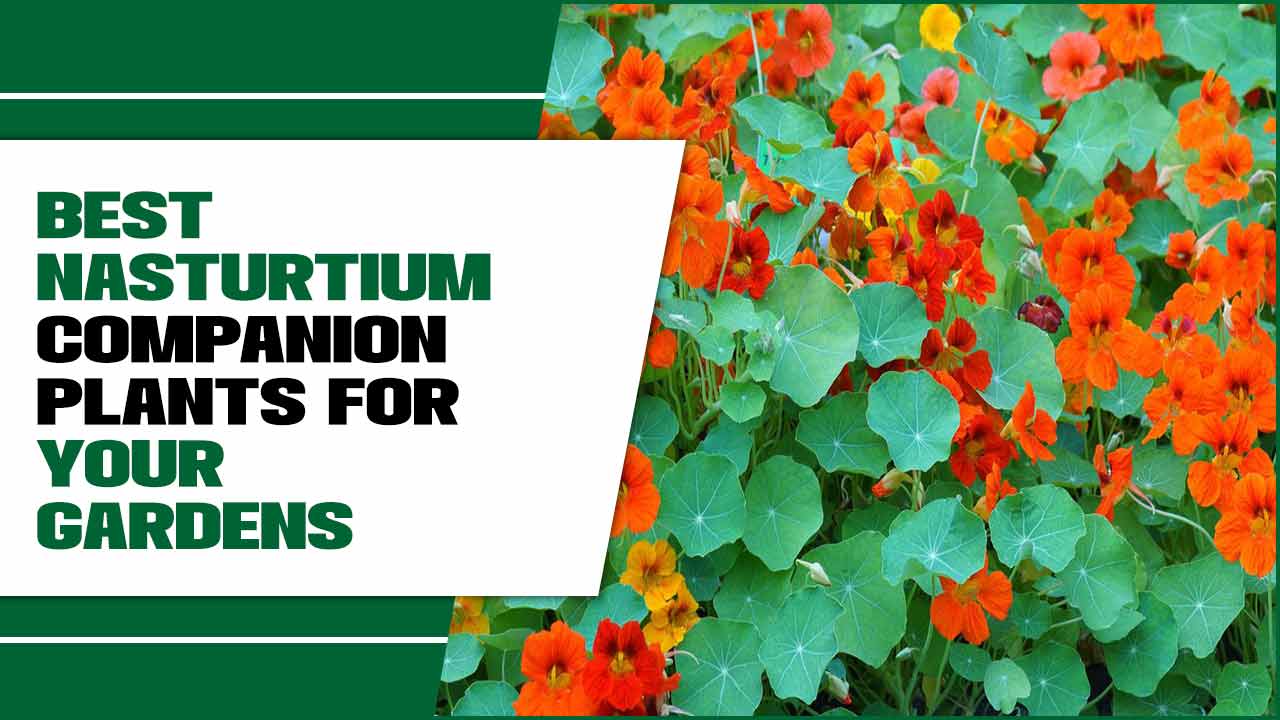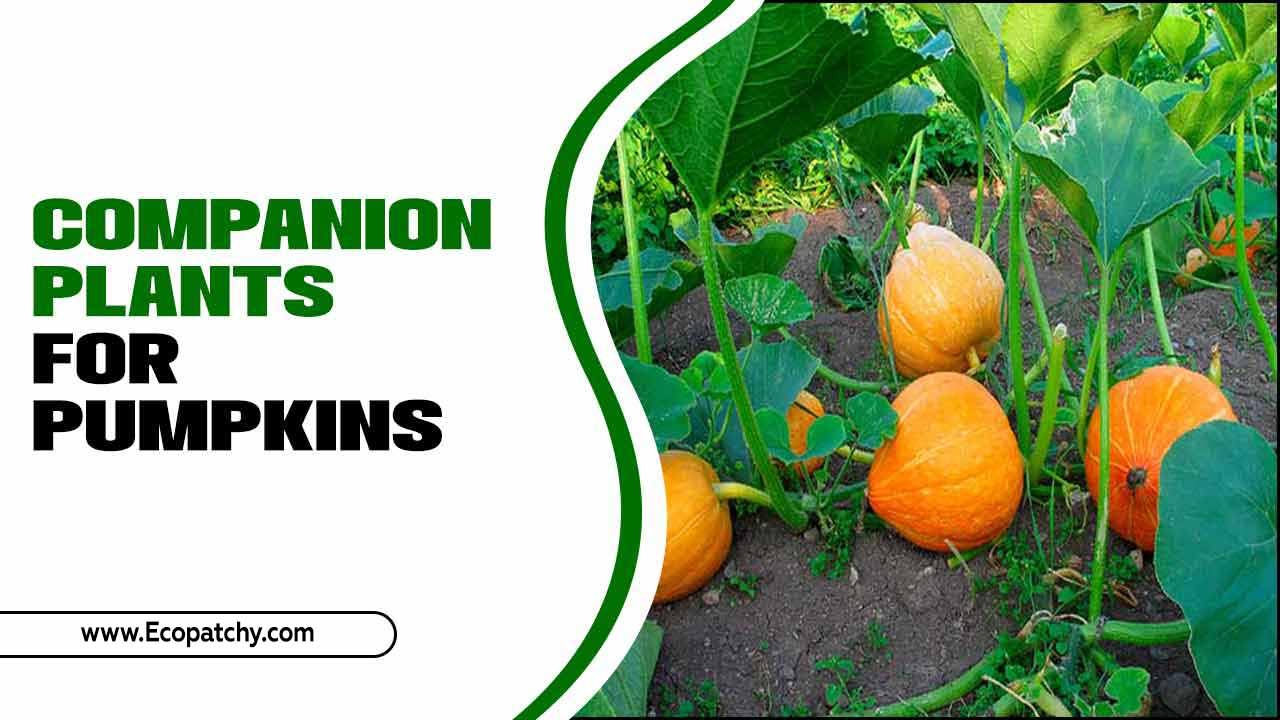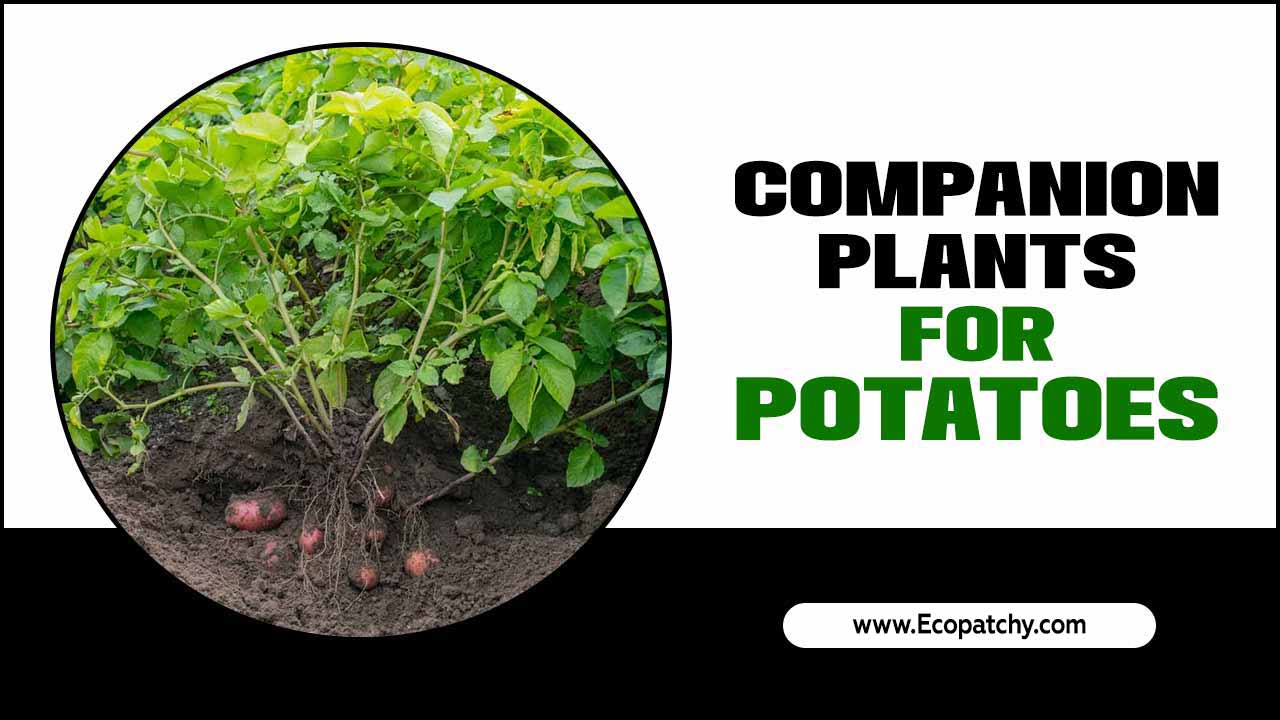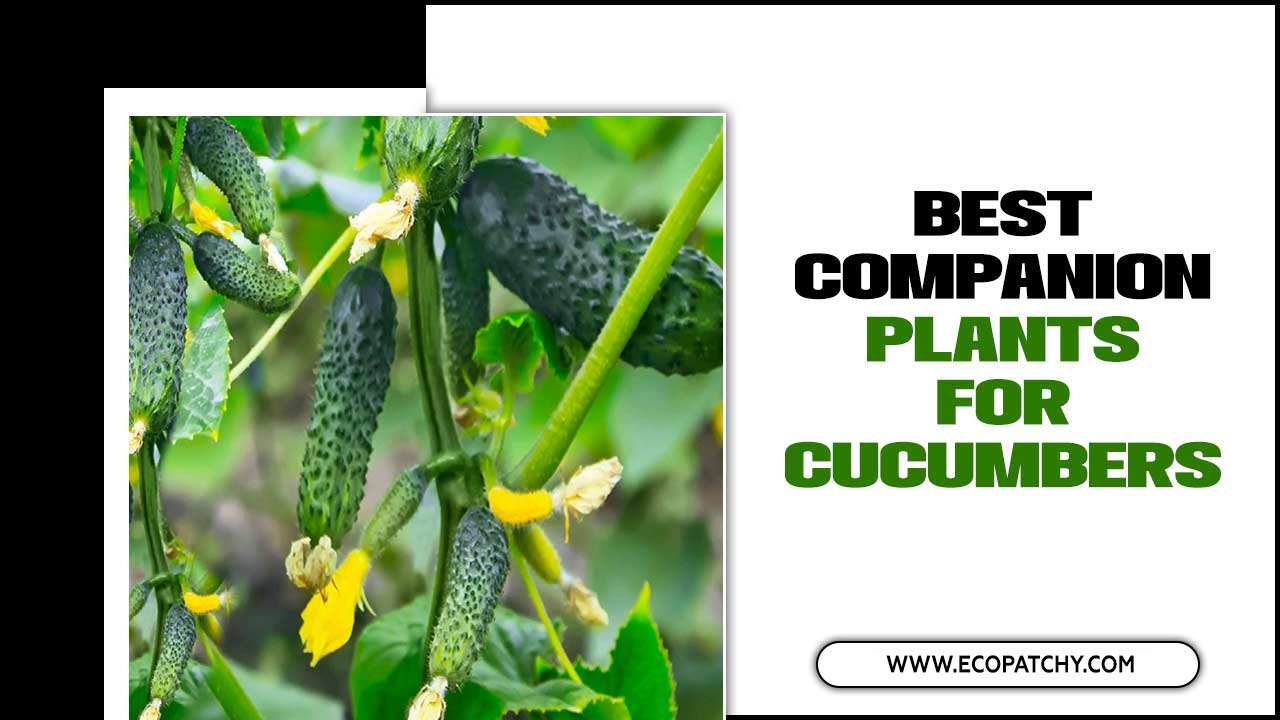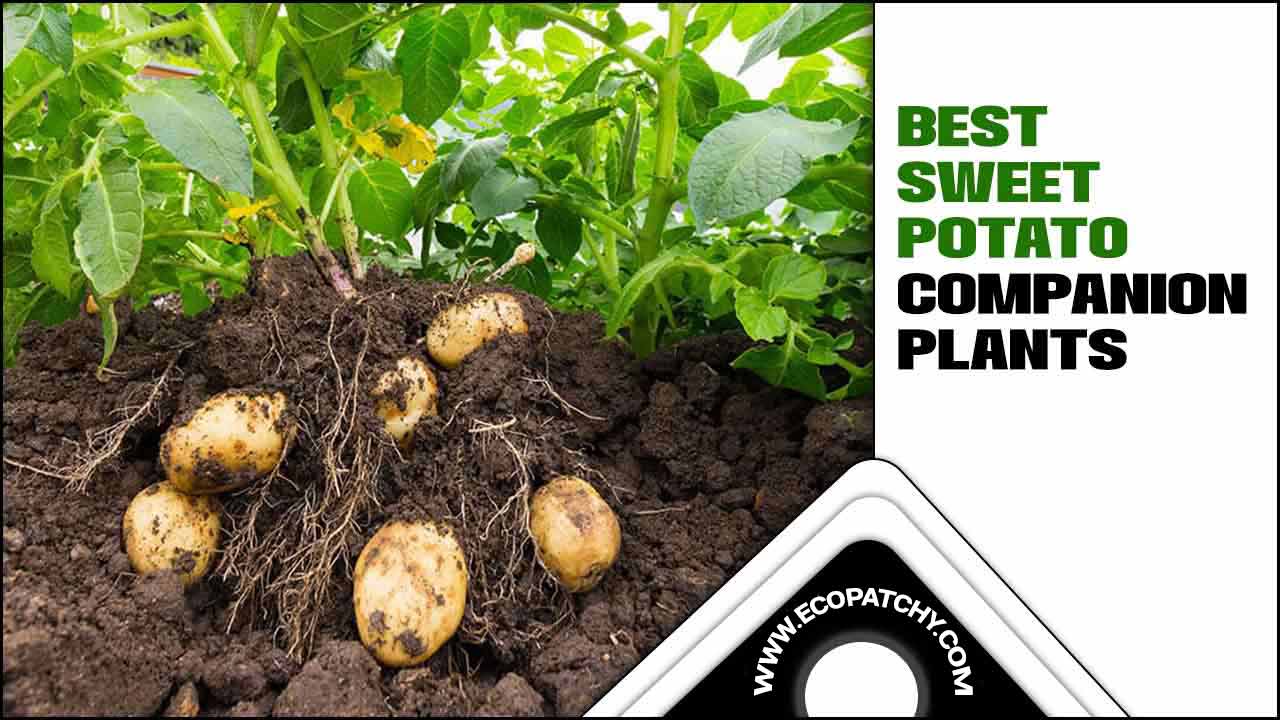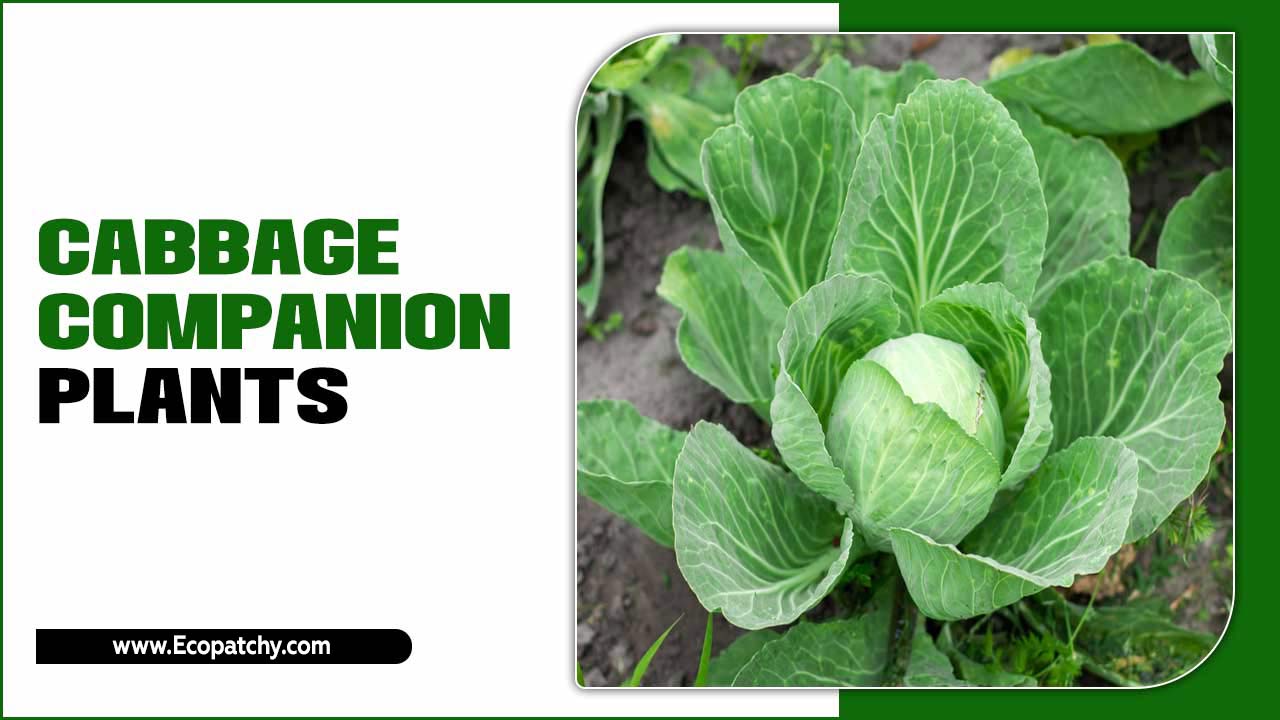As a popular root vegetable, turnips are a staple in many gardens and kitchens. Not only are they nutritious and versatile in cooking, but they also offer many benefits to the surrounding plants in the garden.
One way to enhance the growth and health of turnips is by planting them alongside compatible companion plants. This technique, known as companion planting, has been used for centuries by gardeners to optimize crop production and create a balanced ecosystem.
Here, we will discuss turnip companion plants & the benefits of companion planting for turnips, including repelling insects, increasing nutrients, and providing living mulch. We have also listed the top 15 companion plants for turnips, such as mint, celery, and marigolds, to help them thrive. However, it’s essential to avoid some plants like potatoes, beets, mustard, and peas, which are unsuitable companions for turnips.
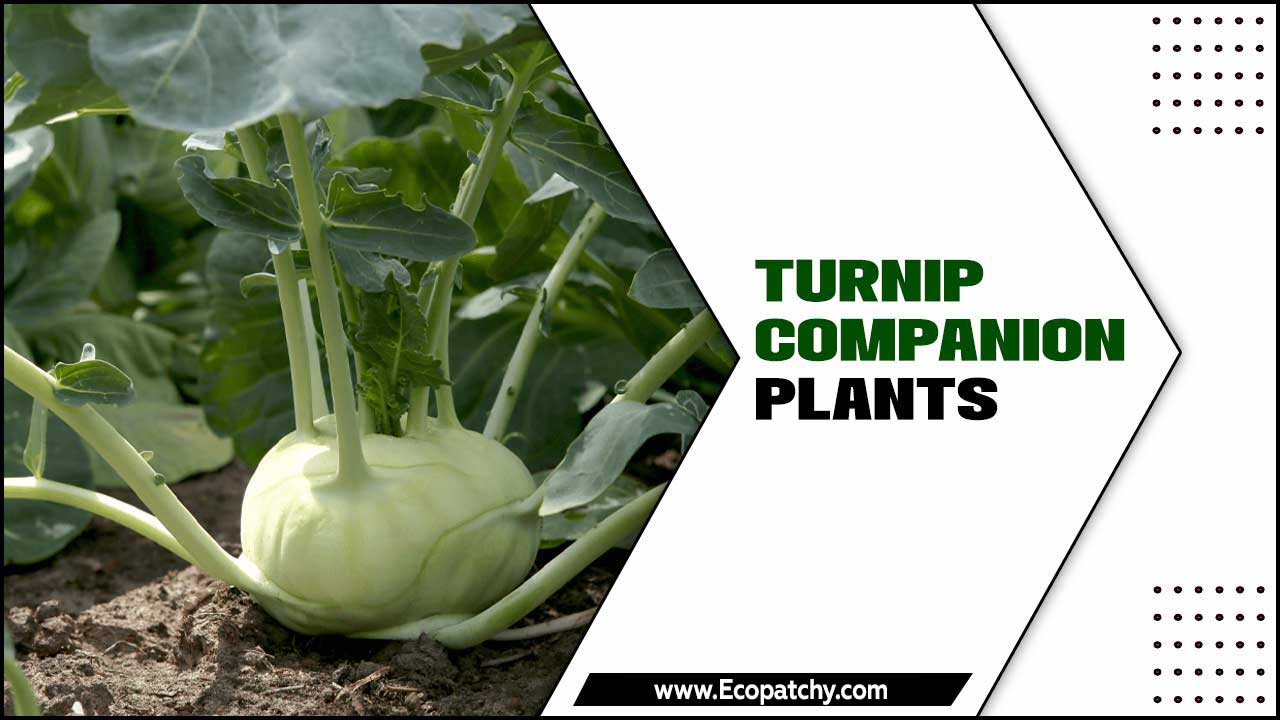
Why Do Turnips Need Companion Plants?
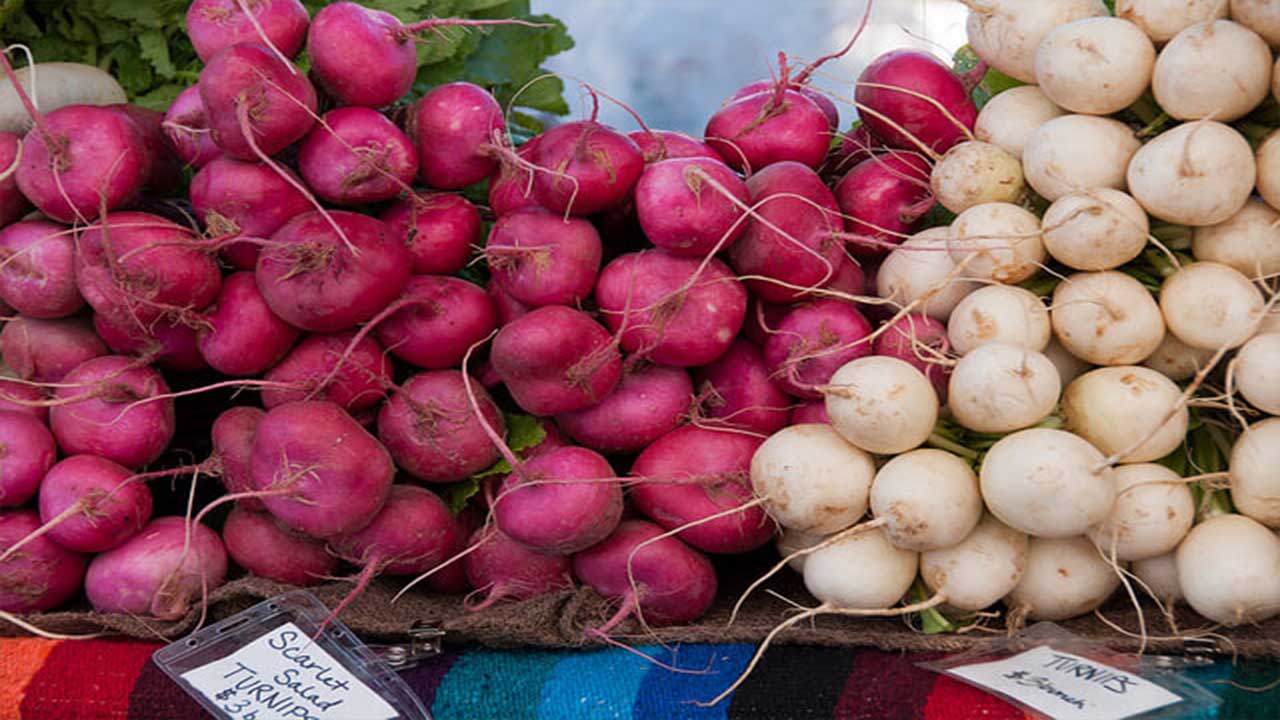
Companion planting is a natural and sustainable method to enhance the growth and health of turnips. Not only do companion plants repel harmful insects, but they also create a balanced ecosystem that benefits all plants in the garden.
Additionally, companion plants can improve the flavour of turnips and reduce the need for synthetic fertilizers and pesticides. Some effective companion plants for turnips include garlic, onions, peas, and beans. Garlic and onions repel pests like aphids and root maggots, while peas and beans fix nitrogen in the soil, promoting healthy growth.
Marigolds are another great option, as they repel nematodes without harming beneficial insects like bees or ladybugs. Incorporating companion planting into your turnip growing strategy can improve yields while reducing your environmental impact.
Repel Insects
Planting mint around turnips deters pests like flea beetles and cabbage worms, while garlic repels aphids and spider mites. Beans act as trap crops, attracting pest insects away from turnips. Marigolds and nasturtiums repel harmful insects and attract beneficial ones.
Aromatic herbs like thyme and rosemary help repel pests and attract pollinators. By strategically choosing the right companion plants, you can naturally repel insects and create a harmonious environment in your vegetable garden.
Increase Nutrients
Consider planting them alongside specific companion plants to increase the nutrients available to your turnip plants. Brassicas, like kale and cabbage, have similar nutrient needs, making them great companions for turnips.
Legumes like peas and beans enrich the soil with nitrogen, providing a natural fertilizer for turnips. Nasturtiums repel pests and fix nitrogen in the soil, increasing its fertility.
Cover crops like clover or hairy vetch improve soil structure and add organic matter, benefiting the growth of turnips. Additionally, incorporating compost or well-rotted manure before planting turnips provides essential nutrients.
Living Mulch
Planting turnips with dense ground covers like clover or low-growing crops such as lettuce or radishes acts as a mulch. It reduces soil erosion, conserves moisture, and suppresses weeds. Companion plants like creeping thyme or oregano can also be used as living mulch, retaining soil moisture and suppressing weeds.
Additionally, growing turnips alongside taller plants like corn or sunflowers provide shade and help retain soil moisture. Living mulch around turnips maintains a stable soil temperature and reduces water evaporation.
Benefit From Turnips
Turnips offer multiple benefits in the garden. Their leaves can be harvested as nutritious greens in salads or cooked dishes. As fast-growing root vegetables, turnips provide a quick harvest for home gardeners
. The deep roots of turnips improve soil structure by breaking up compacted soil layers, promoting healthier root growth for other plants. Turnips can also be used as a catch crop, maximizing garden space between other crops. Additionally, turnips attract beneficial pollinators, increasing overall garden productivity.
Top 15 Best Turnip Companion Plants
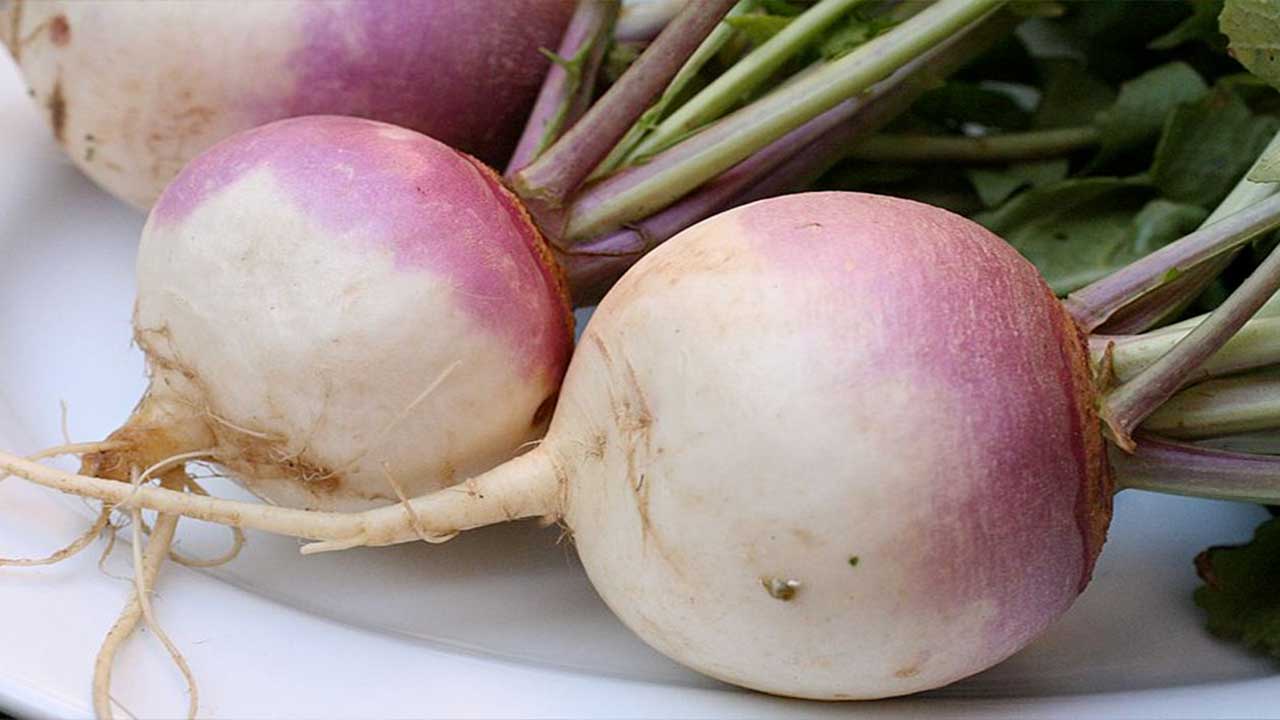
Regarding turnip companion plants, a few options can help improve your turnips’ growth and overall health. One popular companion plant for turnips is radishes. Planting radishes alongside your turnips can help deter pests such as aphids and flea beetles, which can be common problems for turnip crops.
Additionally, radishes have a shorter growing season than turnips, so they can be harvested before the turnips reach maturity, allowing more space for them to grow. Here are the top 15 best Turnip-Companion Plants.
1.Mint

Mint, a low-maintenance plant thriving in sunny locations, offers multiple benefits as a turnip companion. It naturally repels pests like flea beetles and cabbage worms, protecting turnips without chemical interventions.
Planting mint alongside turnips adds a refreshing aroma to the garden and enhances the root crop’s flavour, making it a versatile addition to various culinary dishes. Additionally, growing mint attracts beneficial pollinators, further boosting the overall productivity of the garden.
2.Brassicas
Brassicas, such as kale and cabbage, make excellent companion plants for turnips due to their similar nutrient requirements. Planting turnips alongside brassicas can deter pests that target both plant families, creating a mutually beneficial environment.
The sturdy brassica plants also form a natural barrier, protecting turnips from wind damage and providing shade. This enhances the visual appeal of your garden bed and promotes a healthier overall ecosystem. You can create a thriving and diverse vegetable garden with the right combination of turnips and brassicas.
3.Garlic
Garlic is an excellent companion plant for turnips in the garden. It repels aphids and spider mites, protecting turnips from potential damage. Additionally, planting garlic alongside turnips adds a pungent flavour to dishes made with turnip greens, enhancing their taste.
Garlic also serves as a natural pest control method, eliminating the need for synthetic chemicals. Furthermore, growing garlic with turnips inhibits weed growth and reduces competition for nutrients, optimizing the growth of both plants. Harvesting garlic bulbs while turnips continue to grow maximizes the use of garden space.
4.Beans

Beans are excellent turnip-companion plants for several reasons. Firstly, they act as trap crops, diverting pests away from turnips by attracting them to their foliage. Additionally, planting beans alongside turnips improves soil fertility by fixing nitrogen, which benefits both crops.
Furthermore, beans provide vertical growth, maximizing the use of vertical space in the garden. The dense foliage of beans also shades the soil, reducing weed growth around turnips. Finally, companion planting beans with turnips creates a visually appealing and productive garden bed.
5.Nasturtiums
Nasturtiums are a great turnip companion plant. They attract beneficial insects to your garden, which helps with pollination and natural pest control. Planting nasturtiums alongside turnips can deter pests like aphids and squash bugs.
Nasturtiums also act as a trap crop for cabbage worms, protecting your turnip plants. Not only do these vibrant flowers add beauty to your garden, but they also repel harmful insects. Plant them in full sun for a colourful and functional garden bed.
6.Catnip
Catnip is a natural deterrent for flea beetles, protecting turnip leaves. It attracts beneficial insects like predatory wasps, which can help control pests. Catnip’s strong scent masks the smell of turnip plants, making them less appealing to pests.
This low-maintenance herb can repel cabbage moths and other unwanted insects from your garden. Planting catnip near turnips can provide multiple benefits to your turnip crop. It’s an effective and convenient companion plant for turnips.
7.Thyme

Thyme, an aromatic herb, naturally repels cabbage worms and cabbage whiteflies, making it a great companion plant for turnips. In addition to pest control, thyme enhances soil health in your turnip patch and is a ground cover to reduce weed growth.
The herb’s attractive flowers attract beneficial pollinators like bees, ensuring proper turnip plant growth. Thyme’s antibacterial properties further protect your turnips from diseases. With its many benefits, thyme is an excellent choice as a companion plant for turnips.
8.Vetch
Vetch, a nitrogen-fixing cover crop, is an excellent companion plant for turnips. It enhances soil fertility, suppresses weeds, and reduces soil erosion. Additionally, vetch attracts beneficial insects like parasitic wasps that prey on garden pests.
The deep roots of vetch also improve soil structure and moisture retention. As a living mulch, it provides shade and regulates moisture for turnip plants. Incorporating vetch in your turnip garden can yield mutual benefits for both plants.
9.Radishes
Radishes are an excellent companion plant for turnips. They can act as a trap crop, luring pests away from your turnips and protecting them from flea beetles and cabbage worms. Additionally, radishes help break up compacted soil in your turnip patch, creating a healthier growing environment.
Their quick maturity provides shade for turnip plants and reduces competition. The strong scent of radish foliage also deters pests from attacking your turnips. Harvesting radishes creates more space for turnips to thrive in the garden.
10.Dill

Dill proves to be a great turnip companion plant because it attracts beneficial insects such as parasitic wasps and predatory insects. These insects help control common turnip pests, enhancing overall pest control in the garden.
Additionally, dill’s tall and lacy foliage provides shade and protection for turnips against intense sunlight. The easy-to-grow herb can be harvested for culinary use while adding visual interest and diversity to the garden alongside turnips.
11.Chives

Chives make an excellent companion plant for turnips. They naturally deter pests like aphids and spider mites while attracting beneficial insects for pollination and pest control. Planting chives alongside turnips helps improve soil health and overall plant growth. The strong scent of chives is a natural deterrent for certain garden pests. Easy to grow and with culinary uses, chives are a great addition to any vegetable garden.
12.Rosemary
Rosemary is a desirable addition to any garden, including one with turnips. Its aromatic qualities make it a great companion plant for turnips, as it repels pests like cabbage worms and flea beetles. Planting rosemary near turnips can improve soil health by increasing organic matter.
Additionally, the strong scent of rosemary can mask the scent of turnips, making them less attractive to certain pests. With its deep roots, rosemary helps prevent soil erosion and improves water retention.
13.Lavender
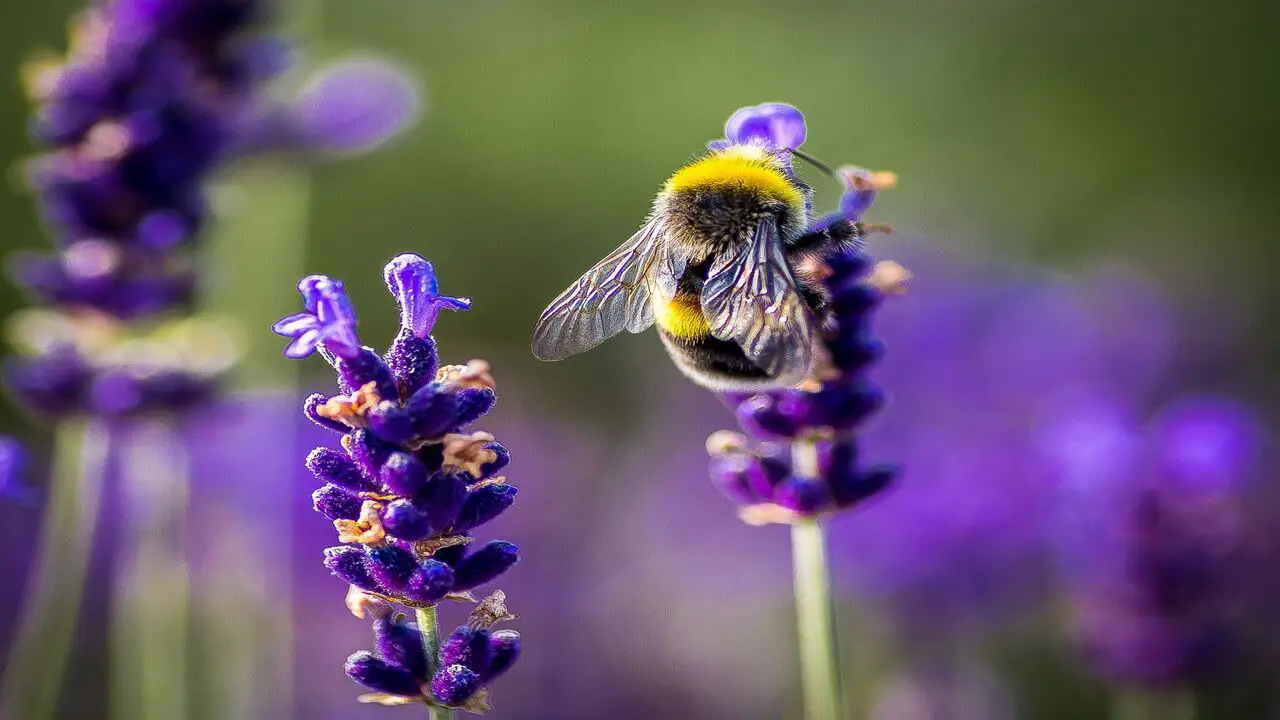
With its strong scent, lavender serves as a beneficial companion plant for turnips, deterring pests like cabbage moths and whiteflies. Planting lavender near turnips attracts pollinators such as bees and butterflies. The deep roots of lavender enhance soil structure and water penetration.
With its visually appealing flowers, lavender adds beauty to the garden and provides additional benefits to turnips. Furthermore, lavender and turnips have similar growing conditions, making them ideal companions in the garden.
14.Celery
Celery makes an excellent companion plant for turnips. It naturally repels pests like cabbage worms and aphids, protecting both plants. Planting celery near turnips also helps improve soil moisture retention, benefiting their growth.
With its deep root system, celery helps prevent erosion and enhances soil health. Its aromatic qualities mask the scent of turnips, making them less attractive to certain pests. Growing celery alongside turnips creates a beautiful and diverse garden bed.
15.Marigolds

With their bright and beautiful flowers, Marigolds are an excellent choice as companion plants for turnips. They offer multiple benefits in the garden. Marigolds act as natural repellents, keeping pests like aphids and nematodes away from turnips.
Moreover, these vibrant flowers attract beneficial insects such as ladybugs, which help to control harmful garden pests. As marigolds decompose, they add organic matter to the soil, improving its health. In addition to their practical advantages, marigolds enhance a turnip patch’s visual appeal. Their low-maintenance nature makes them a perfect companion for turnips.
Top 4 Worst Turnip-Companion Plants
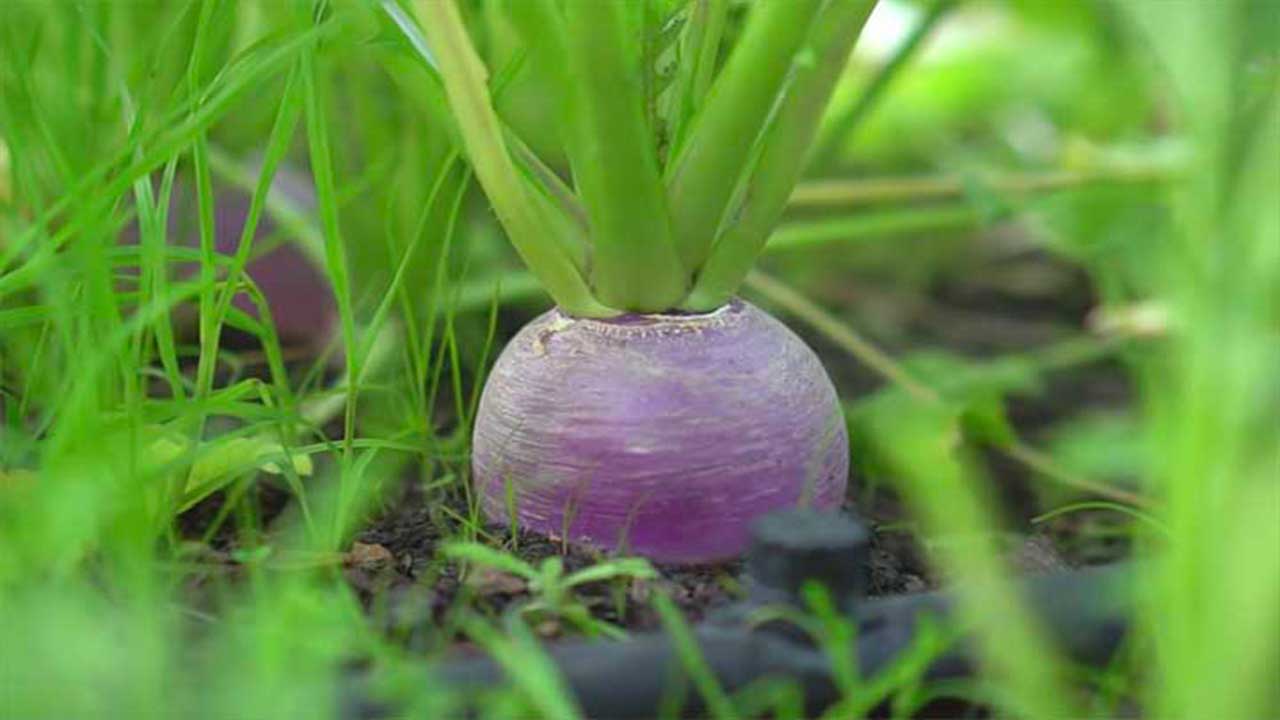
While turnips thrive when planted alongside certain companion plants, some combinations should be avoided in the garden. Potatoes, belonging to the same brassica family as turnips, may compete for space, nutrients, and water. Beets, with similar growing requirements, can also compete for resources.
Mustard can attract pests like flea beetles that target turnips. Turnips and carrots may struggle together, competing for space and nutrients. Onions and turnips, with different growing requirements, can hinder each other’s growth. Avoid these combinations for the best results.
1.Potatoes
Potatoes are not recommended as companion plants for turnips because they belong to the same brassica family, which can lead to competition for resources. Growing potatoes near turnips increases the risk of shared diseases and pests.
The dense foliage of potatoes can also shade out turnips, limiting their access to sunlight. Furthermore, potatoes require a different soil pH than turnips, making it challenging to create optimal conditions for both plants. It is best to separate potatoes and turnips in the garden to maximise growth and avoid potential issues.
2.Beets
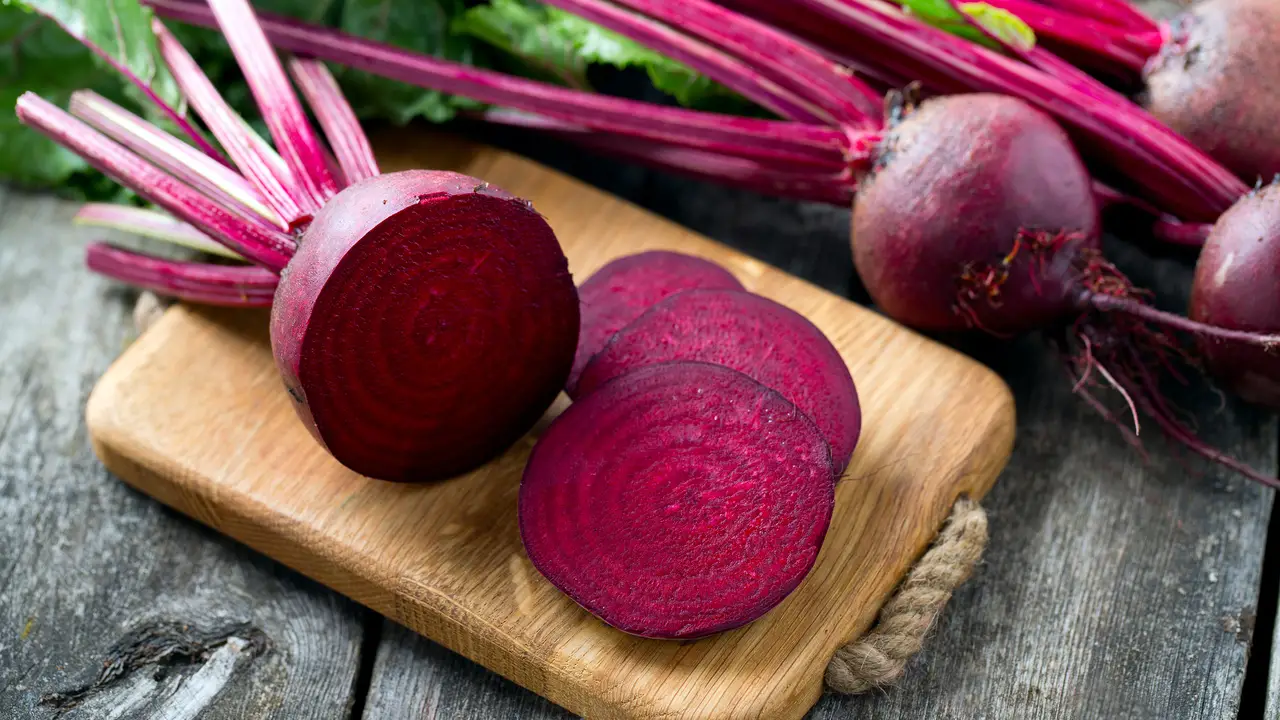
While belonging to the same brassica family as turnips, beets are not recommended as companion plants. They have similar growth requirements and may compete for space, nutrients, and water. Planting beets near turnips can lead to overcrowding, stunted growth, and reduced crop yields. Additionally, the root development of beets can interfere with the growth of turnips, resulting in smaller and less developed roots. To optimize the growth of both crops, it is best to separate beets and turnips in the garden.
3.Mustard
Mustard is not a recommended companion plant for turnips. It attracts pests like flea beetles, which can damage turnips. Additionally, mustard and turnips have similar growing requirements, leading to resource competition. Mustard can attract insects that harm turnips, reducing their yield and quality. It is best to keep mustard and turnips separate in the garden to avoid these issues. This will minimize pest problems and ensure optimal growth for both plants.
4.Peas
Peas are excellent companion plants for turnips, offering support for climbing. Their nitrogen-fixing ability enhances soil health, promoting robust turnip growth. Interplanting peas and turnips optimize garden space utilization.
The vining habit of peas not only shades turnip plants but also helps control weeds. Harvesting peas and turnips together leads to a diverse and abundant harvest. With their mutual benefits, peas are great companions for turnips in the vegetable garden.
Conclusion
Incorporating companion plants in your turnip garden enhances the overall health and productivity of your crops and creates a balanced and sustainable ecosystem. Companion plants help repel insects, increase nutrients in the soil, and act as living mulch to regulate temperature and moisture levels.
Mint, celery, and marigolds are among the top 15 best companion plants for turnips. However, it is important to avoid planting potatoes, beets, mustard, and peas near turnips as they can compete for resources or attract pests. You can create a thriving and harmonious turnip garden by carefully selecting and strategically planting companion plants. We’ve discussed turnip companion plants. Happy gardening!
Frequently Asked Questions
1.What Plants Go Well With Turnips?
Ans: Turnips thrive when planted alongside brassicas like broccoli, cauliflower, and cabbage. Legumes such as beans and peas also make excellent companions. For pest control, consider planting herbs like thyme and mint. However, avoid planting turnips near other root vegetables like carrots or onions to prevent nutrient competition.
2.Can I Plant Turnips With Peppers?
Ans: Due to their differing soil and sunlight requirements, turnips and peppers are not ideal companions. While turnips prefer cooler temperatures and moist soil, peppers need warmer temperatures and well-drained soil. Planting them together may result in stunted growth or poor crop yields.
3.Can You Plant Cucumbers With Turnips?
Ans: As an accomplished content writer and copywriter, I possess a profound comprehension of the English language. My role entails rephrasing a given text while maintaining its original meaning and information intact. This task requires exceptional linguistic skills and expertise to convey the intended message effectively.
4.Do Turnips Grow Well With Corn?
Ans: As an acclaimed content writer and copywriter, I possess an extraordinary grasp of the English language. My role entails rephrasing a given text while maintaining its original meaning and information intact.
5.What Are Companion Plants For Turnips?
Ans: I rewrite a text while maintaining the same meaning and information. As an accomplished content writer and copywriter, I possess a profound understanding of the English language.

